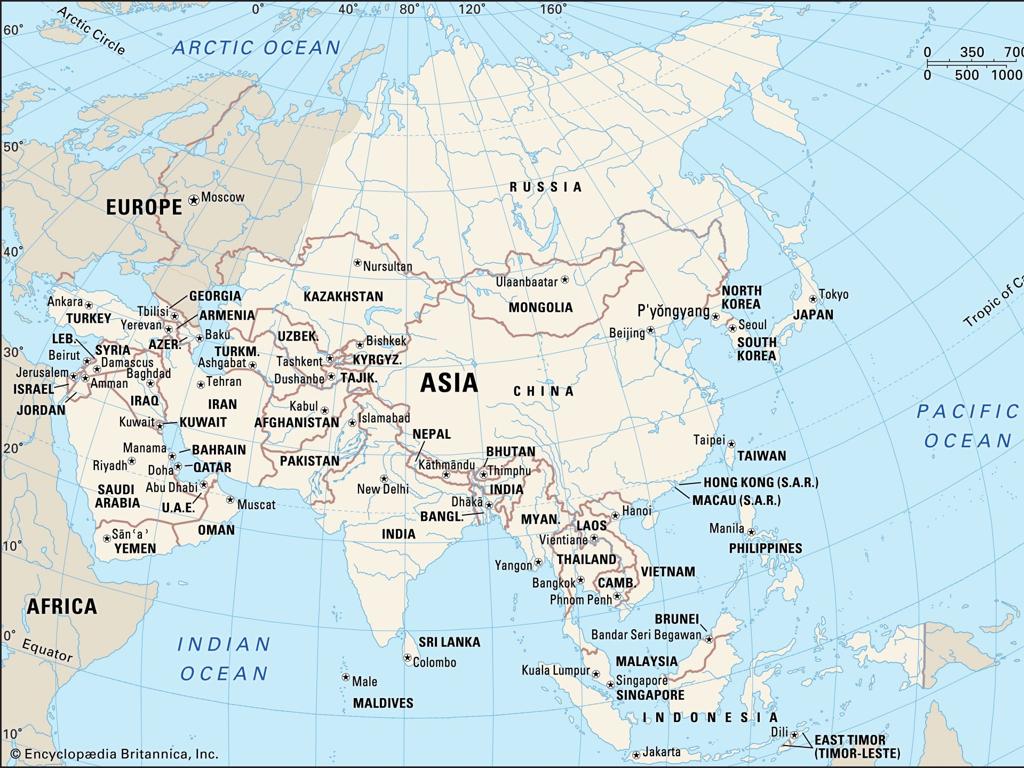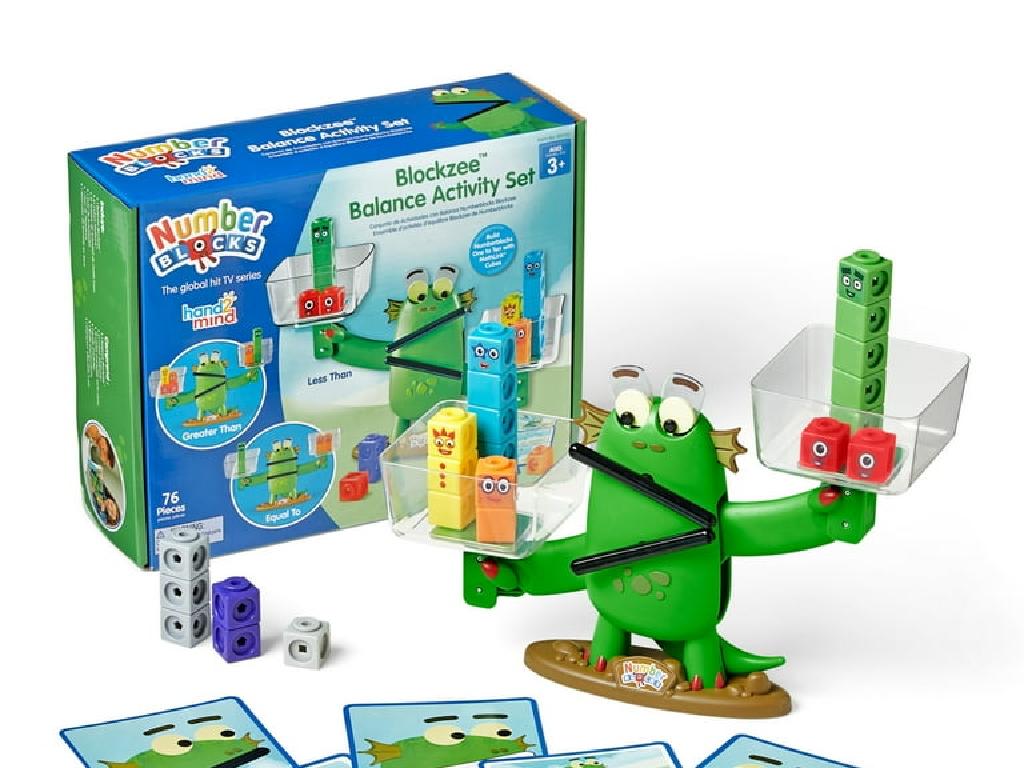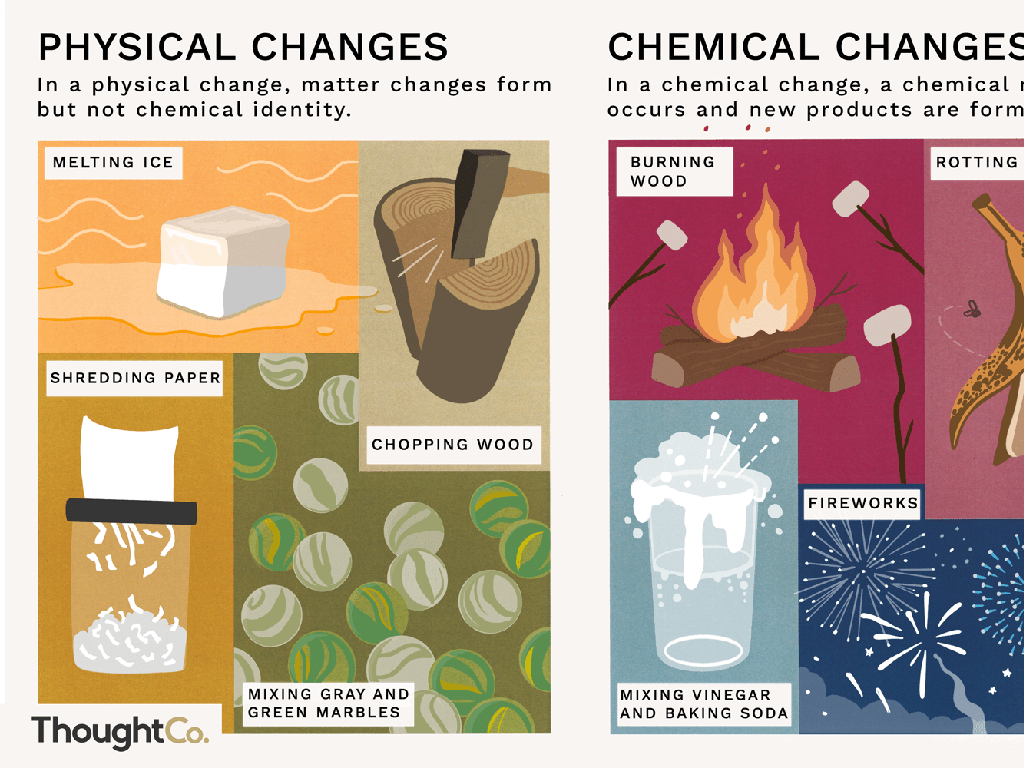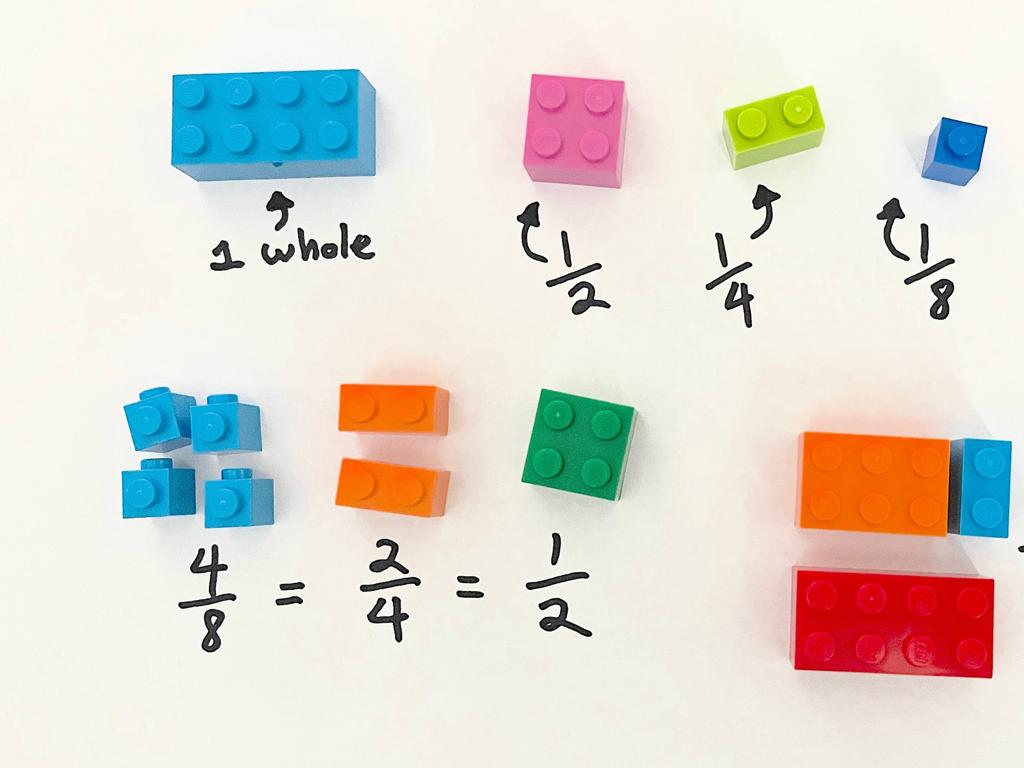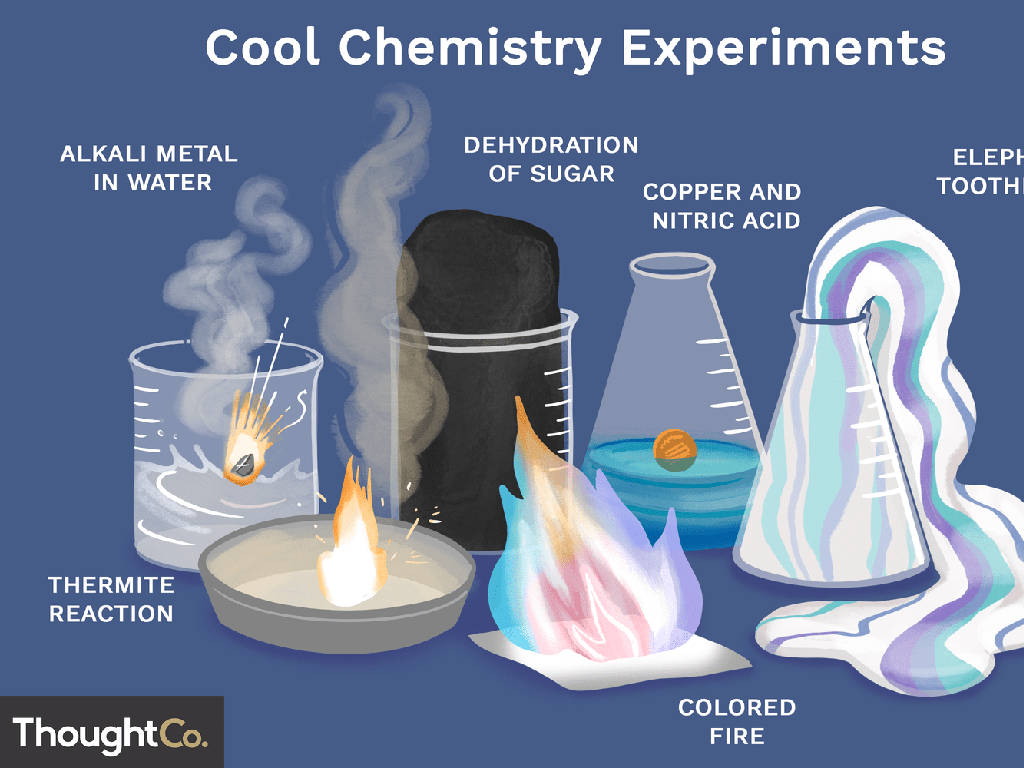Select Parts Of Rock Cycle Diagrams
Subject: Science
Grade: Seventh grade
Topic: Rocks
Please LOG IN to download the presentation. Access is available to registered users only.
View More Content
Welcome to the Rock Cycle!
– Explore Earth’s rock types
– Define the Rock Cycle
– A process that describes the formation, breakdown, and reformation of a rock
– Continuous rock transformation
– Rocks change from one type to another over time
– Significance to Earth’s crust
– Explains how Earth’s surface is always changing
|
This slide introduces students to the concept of the rock cycle, a fundamental Earth Science topic. Begin by discussing the three main types of rocks: igneous, sedimentary, and metamorphic. Explain that the rock cycle is a continuous process where these rocks are formed, broken down, and reformed by geological processes, which can take millions of years. Emphasize that this cycle is significant because it’s responsible for the dynamic nature of the Earth’s crust, leading to the formation of various landforms and soil types. Encourage students to think about the long-term changes that rocks undergo and how this cycle is a crucial part of our planet’s system.
Types of Rocks: A Geological Journey
– Igneous Rocks: Earth’s fiery creators
– Formed from cooled magma or lava, e.g., basalt, granite
– Sedimentary Rocks: Time’s storytellers
– Created by accumulation of sediments, e.g., limestone, sandstone
– Metamorphic Rocks: Alchemists of heat and pressure
– Altered by intense heat and pressure, e.g., slate, marble
|
This slide introduces students to the three main types of rocks and their formation processes, which are part of the rock cycle. Igneous rocks form from the solidification of magma or lava, exemplified by basalt and granite. Sedimentary rocks result from the compaction of sediments over time, with common examples including limestone and sandstone. Metamorphic rocks are created when existing rocks are transformed by extreme heat and pressure, leading to new minerals and textures, as seen in slate and marble. Encourage students to think about how these processes reflect the dynamic nature of Earth’s geology. Provide samples or images of each rock type to enhance visual understanding.
The Rock Cycle Diagram: Earth’s Geological Processes
– Visualize the rock cycle
– A diagram showing how rocks undergo changes
– Key rock-forming processes
– Melting, cooling, erosion, compaction, metamorphism
– Rocks’ transformation journey
– How igneous turn to sedimentary, then to metamorphic
– Cycle continuity and rock types
– Understanding the never-ending cycle of rock formation
|
This slide introduces the concept of the rock cycle, a fundamental geological process. The rock cycle diagram is a visual tool that helps students understand how rocks change from one form to another over time through various processes. Key processes include melting (due to heat), cooling (forming igneous rocks), erosion (breaking down rocks), compaction (forming sedimentary rocks), and metamorphism (altering rocks due to pressure/heat). Emphasize that this cycle is continuous and rocks can transition between types: igneous, sedimentary, and metamorphic. Encourage students to think about the long-term nature of these processes and how they shape the Earth’s surface. Provide examples such as volcanic eruptions forming new igneous rocks or limestone being compressed into marble.
Igneous Rocks Formation
– Igneous rocks: from magma to solid
– Intrusive vs. Extrusive rocks
– Intrusive: cool inside Earth, large crystals. Extrusive: cool on surface, small crystals.
– Granite: an intrusive rock example
– Granite forms slowly beneath Earth’s surface, visible crystals.
– Basalt: an extrusive rock example
– Basalt forms from lava cooling quickly on Earth’s surface, fine-grained.
|
This slide introduces students to the formation of igneous rocks and the distinction between intrusive and extrusive types. Igneous rocks form from the cooling and solidification of magma. Intrusive igneous rocks, like granite, cool slowly beneath the Earth’s surface, allowing large crystals to form. Extrusive igneous rocks, such as basalt, cool quickly on the Earth’s surface, resulting in a fine-grained texture. Provide examples of granite and basalt to help students visualize the differences. Encourage students to think about the environments where these rocks might form and the implications for crystal size and texture.
Sedimentary Rocks Formation
– Sediment deposition process
– Layers of sediment accumulate over time and harden into rock.
– Types of sedimentary rocks
– Clastic from fragments, chemical from minerals, organic from living things.
– Sandstone formation
– Formed from sand grains cementing together over time.
– Limestone formation
– Made from accumulated marine organisms’ shells and skeletons.
|
This slide introduces students to the process of sedimentary rock formation, starting with sediment deposition, where materials like sand, silt, and clay are laid down over time. Lithification follows, where these sediments are compacted and cemented into rock. Highlight the three types of sedimentary rocks: clastic, formed from rock fragments; chemical, from mineral deposits; and organic, from the remains of living things. Use sandstone and limestone as examples to illustrate the formation process. Sandstone forms from the compaction and cementation of sand particles, while limestone typically forms in marine environments from the accumulation of shell, coral, algal, and fecal debris. Encourage students to think about how these processes take millions of years and the conditions necessary for each type of rock to form.
Metamorphic Rocks Formation
– Rocks transform under pressure and heat
– Foliated vs. Non-Foliated rocks
– Foliated have layered appearance, non-foliated lack layers
– Schist: a foliated metamorphic rock
– Formed from shale under extreme heat and pressure
– Marble: a non-foliated metamorphic rock
– Formed from limestone or dolomite under heat and pressure
|
This slide introduces students to the concept of metamorphic rocks and how they form through the transformation of existing rock types under extreme pressure and heat. Emphasize the difference between foliated metamorphic rocks, which have a banded or layered appearance due to the alignment of minerals under pressure, and non-foliated metamorphic rocks, which do not show such layering. Use schist as an example of a foliated rock that typically forms from shale, and marble as an example of a non-foliated rock that forms from limestone or dolomite. Encourage students to think about the conditions that lead to the formation of these rocks and how the rock cycle illustrates these changes.
The Rock Cycle: Earth’s Geological Processes
– Observe the rock cycle outdoors
– Look for real-life examples like sediment layers or eroded rocks
– Effects of weathering and erosion
– Weathering breaks down rocks, erosion transports the particles
– Natural events shaping the cycle
– Volcanic activity and earthquakes alter rock formation
– Human impacts on the cycle
– Mining and construction can accelerate or disrupt natural processes
|
This slide aims to give students a comprehensive understanding of the rock cycle by observing natural occurrences and human activities that affect it. Encourage students to explore their environment to find evidence of the rock cycle, such as sediment layers or rocks shaped by water or wind. Discuss how weathering and erosion play a crucial role in breaking down and transporting rock material. Highlight how natural events like volcanic eruptions and earthquakes contribute to the formation and transformation of rocks. Lastly, address the significant impact human activities such as mining and construction have on the rock cycle. This will help students appreciate the dynamic nature of Earth’s geology and the importance of human responsibility in preserving it.
Identifying Rock Types
– Characteristics of rock types
– Igneous, sedimentary, metamorphic: texture, color, grain size
– Conduct a hands-on activity
– Examine real rocks to identify type
– Use a rock identification key
– A guide to determine rock types based on characteristics
|
This slide introduces students to the main characteristics that define the three types of rocks: igneous, sedimentary, and metamorphic. Emphasize on the importance of texture, color, and grain size in distinguishing between rock types. The hands-on identification activity will involve students examining real rock samples and using their observations to classify them. Provide each student or group with a set of rocks and a magnifying glass for closer inspection. The rock identification key is a step-by-step guide that students will use to help them identify the rocks based on their physical properties. Encourage students to discuss their findings with the class. For the activity, prepare several stations with different rock types and identification keys to cater to a class with multiple students working simultaneously.
Class Activity: Rock Cycle Journey
– Imagine being a rock in the cycle
– Start as magma and transform
– Role-play the cooling and hardening process
– Become sediment, then metamorphic
– Experience erosion, deposition, and compaction
– Share your rock’s story
– Narrate the changes and pressures faced
|
In this interactive class activity, students will role-play the journey of a rock through the rock cycle. They will start by imagining themselves as magma, explaining the cooling process to become igneous rock. Then, they will describe their experiences as sediment, discussing erosion, deposition, and compaction into sedimentary rock. Finally, they will become a metamorphic rock, talking about the intense heat and pressure they undergo. Each student will share their unique journey with the class, allowing for a creative exploration of the rock cycle. Provide guidance on the stages of the rock cycle and encourage students to use descriptive language. Possible activities include drawing their rock’s journey, writing a short story from the rock’s perspective, or creating a comic strip of the transformation stages.
Rock Cycle Recap & Next Steps
– Review rock cycle stages
– Significance of rock cycle
– The rock cycle shows Earth’s system at work, transforming rocks.
– Next class: local rock samples
– We’ll observe and classify local rocks – bring one to class!
– Homework: find a rock
– Look for a rock to bring and share its story based on the rock cycle.
|
This slide aims to summarize the rock cycle’s stages and emphasize its importance in Earth’s geological systems. It’s crucial for students to understand that the rock cycle is a continuous process that recycles and reforms rocks, contributing to the dynamic nature of our planet. For the next class, students are tasked with collecting a local rock sample, which will be used to apply their knowledge of the rock cycle in a hands-on activity. Encourage them to find a rock before the next class and think about its possible place within the rock cycle. This will prepare them for a discussion and classification exercise, fostering a deeper connection with the local geology.

